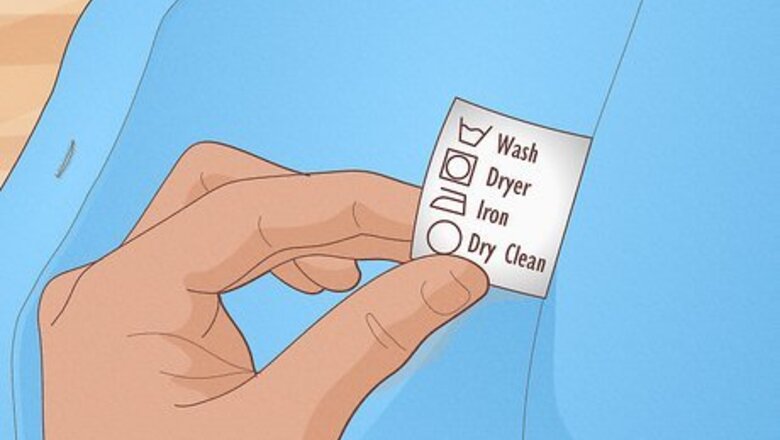
views
Hand Cleaning Clothes
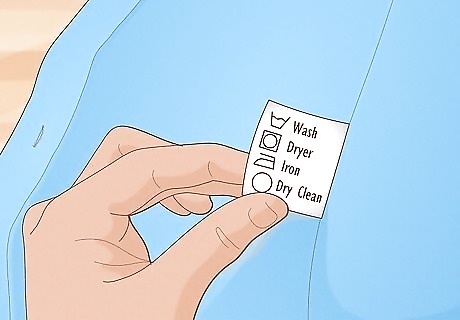
Read the label. Look for the label with care instructions on your clothing item, which can often be found on an inside seam. If the label says, “Dry Clean Only,” you should consider taking it to the dry cleaners. If it simply says, “Dry Clean,” you are probably fine to wash it at home. If it is silk or wool, you can hand-wash them instead of going to the dry cleaner.
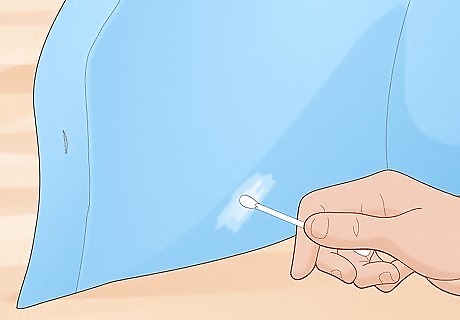
Test a spot to see if you can wash it at home. Find a spot on the garment that is rarely seen. Drip a few drops of water on this spot. Using a cotton swab, rub the water across the surface of the garment. Take a look at the cotton swab to see if any color has been removed in the process. If the color bleeds, you need to take it to the dry cleaner. If not, go ahead and wash it at home.
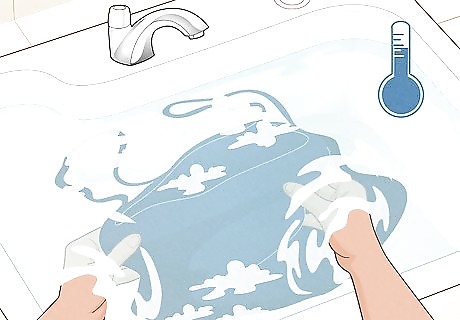
Wash silk in cold water. Fill a tub or sink with cold water and a small amount of mild detergent or, if you have it, silk detergent. Gently, hand-wash your silk garment in under thirty minutes, since silk suffers from prolonged water exposure. Air dry the silk garment. Silk is a little harder to clean at home. If you decide to do it yourself, you should use a silk detergent, which may be tailored for lingerie or silk sheets. You can also clean silk fabrics on a hand wash cycle in your washing machine.
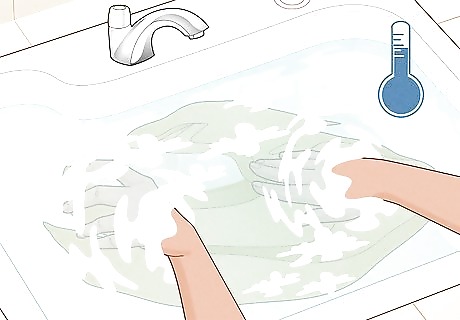
Clean wool garments in cold water. The main challenge with washing wool at home is felting, which occurs when the wool fibers get matted together during washing. To avoid this scenario, you need to hand-wash wool garments with a gentle touch in a tub of cold water. Use a wool cleaner, such as Woolite, to clean cashmere, angora or other wool garments. Avoid putting wool garments in the washing machine, since the agitation of the machine cycle will likely result in felting and shrunken garments. Avoid using detergents with a lot of chemicals when cleaning cashmere. Instead, choose all natural cashmere detergents. Always lay out your wool garments flat to dry.
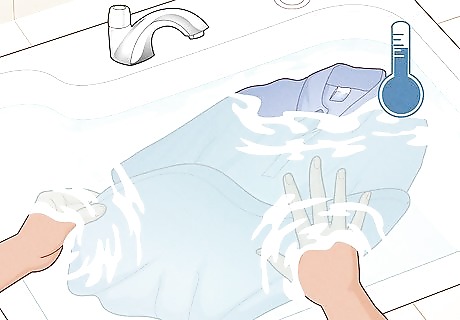
Wash your linens in cold water. Use a mild detergent in a tub of cold water to hand-wash your linen garments. Then, air dry your linens. Right after washing, you should press them. They may get wrinkled if you don't press them right after the hand-wash. You can let your linens air dry on a clothes line. Linens can also be washed on a delicate cycle in a washing machine.
Using a Machine Wash
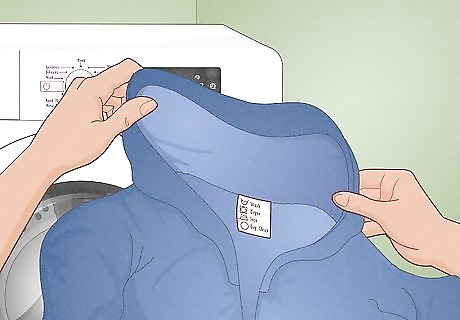
Determine whether you can machine wash the item. If the item says “Dry Clean,” as opposed to “Dry Clean Only,” and is made of cotton, polyester, nylon, spandex or cotton, you can machine wash it. Although hand-washing is generally advised for wool, silk and linen, you could also use the hand-wash cycle on your washing machine. If you have a garment made from multiple fabrics, you should treat it as though it were made completely of the more delicate fabric. Sophisticated garments made from multiple fabrics and involving intricate designs are generally best left to the dry cleaner. Embellished tops with sequins are hard to successfully wash at home. Rayon and viscose should always be dry cleaned.
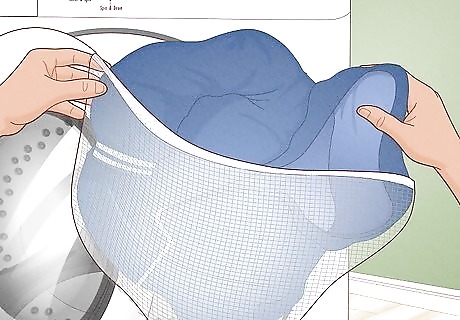
Put your clothes in a delicates bag. Turn your clothes inside out. Then, place them in a mesh bag designed for washing delicates.
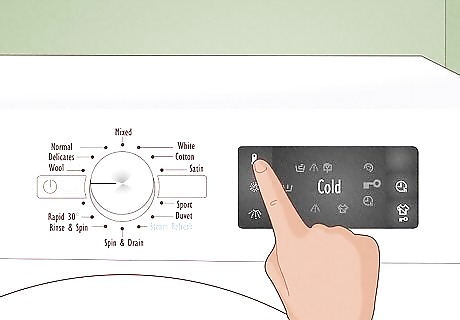
Choose cold water. You should always choose the cold water setting when machine washing items that you normally take to the dry cleaner. Warmer temperatures may result in problems like shrunken or misshapen clothes.

Pick the shortest possible cycle. Delicate fabrics like silk, for instance, do not benefit from prolonged exposure to water. As such, it is always best to choose the shortest wash cycle.
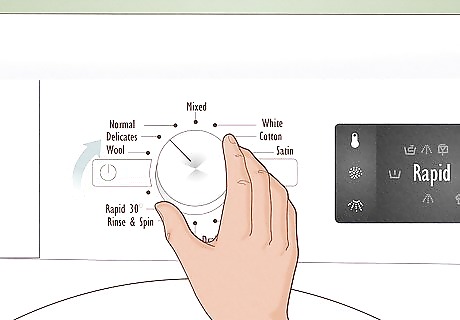
Turn it to the gentlest cycle. Washing machines have a range of options for the speed and force that they use to wash your clothes. Pick “delicate” or “slow” cycles. Avoid “regular” and “permanent press” cycles, which are not sufficiently gentle.

Pay attention to your load mix. You want to wash silk with silk and wool with wool, rather than mixing everything together. Put all your delicate items in one load, rather than adding towels or other items with your delicates load. Remember to wash light colors with other light colors, rather than mixing darks and whites in the same load.
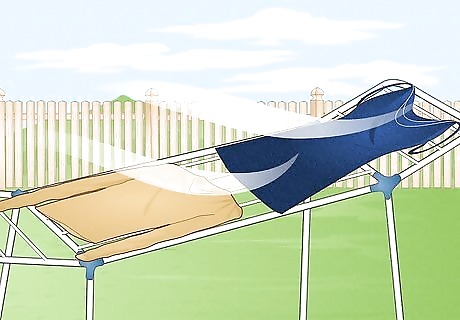
Air dry your clothes. The dryer should be avoided at all costs, since it will likely result in shrunken or misshapen garment. Instead, let your clothing dry on a clothes line or on a clothes horse. If you are drying wool, remember to lay it flat so that it doesn't get misshapen. You should air dry your wool clothes away from hot areas, since they could shrink if exposed to excessive heat. If you absolutely have to use the dryer, only fluff dry your clothes. Don't use heat.

Use a home dry cleaning machine. If you want to avoid the time involved in hand-washing your clothes as well as save money on dry cleaning, a home dry cleaning machine may help. Keep in mind that home dry cleaning machines will not work as well as professional dry cleaning. They typically use steam to refresh you clothes between visits to the dry cleaner. You can get home dry cleaning units for between $350 and $1600
Removing Dirty Spots and Stains
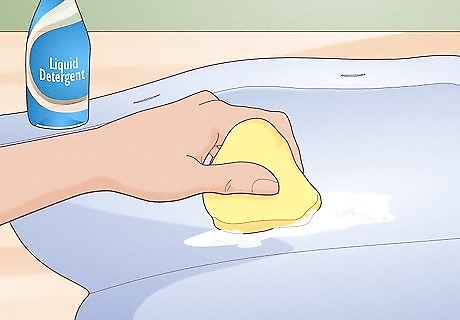
Spot clean your garments. Use a microfibre cloth and a cleaning detergent for delicate clothing, such as a silk detergent or a brand with the word delicates in the title. Dampen the microfibre cloth in warm water and a small amount of the detergent. Twist the cloth to remove most of the water. Then, dab off the dirty parts of the garment.

Steam clean your garments. If you have a delicate silk shirt, acrylic or wool garment that is a bit dirty, you could try steam cleaning. Put some delicates detergent in your steamer. Steam the garments. Let to dry on a flat surface.
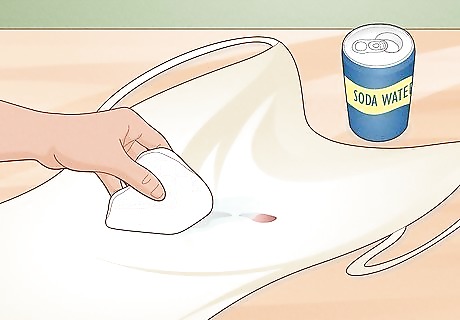
Use soda water to remove red wine stains. If you spill a bit of red wine on one of your favorite dresses or shirts, use a clean cloth dampened with some soda water to remove it. Dab the red wine stain with the cloth, adding more soda water as necessary. It works best if you apply the method immediately after the stain has occurred.

















Comments
0 comment